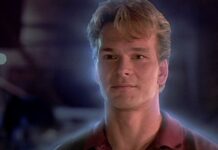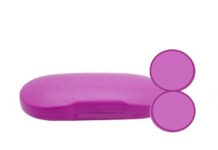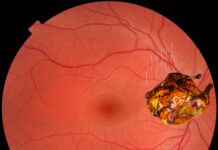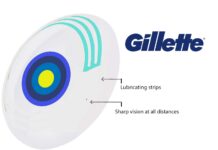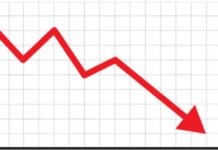
A new study has shed light on the effects of years of slit lamp use on the spines of eye doctors.
Known in mathematics as a “Fibonacci curve” the typical spine of an eye doctor has been found to demonstrate an accelerated rate of curvature towards the head, most likely on account of years of poor posture.
Donate to support CRONEA
For the price of one nose pad per month, you can join Team CRONEA and keep the lights on while we work tirelessly to bring humor to the otherwise sad flaccid lives of the eye care industry.
Click To Join Team CRONEA on Patreon
While this study has surprised many, it hasn’t surprised local tailor Giuseppe Gamberetto who for years has found suit-making particularly difficult for his local eye-care clients.
Gamberetto said “For years I struggled to fit suits for these people. To be honest the pantaloons were always easy, but the suit jackets not so much. Then one day my wife Maria and I were travelling in Australia and visited “The Big Prawn” and suddenly it hit me, these guys are actually just big prawns. Ever since then, whenever I fit a suit for a local optometrist or ophthalmologist I just think of that bloody big prawn.”















